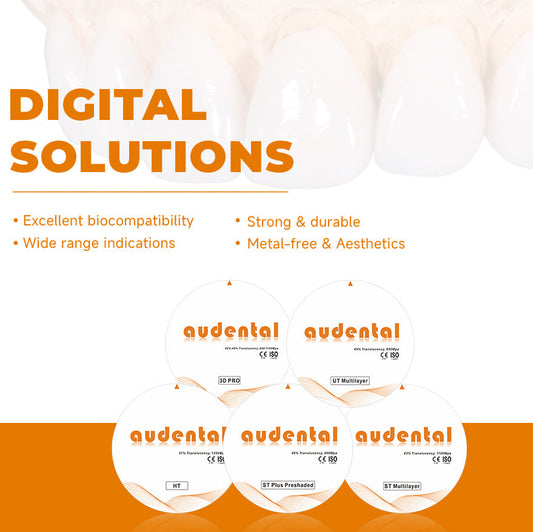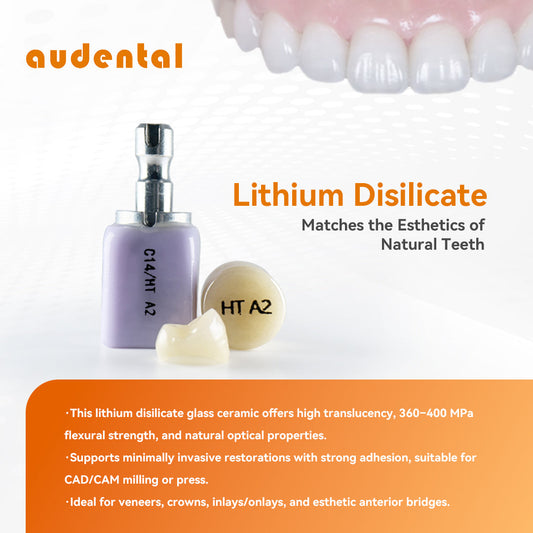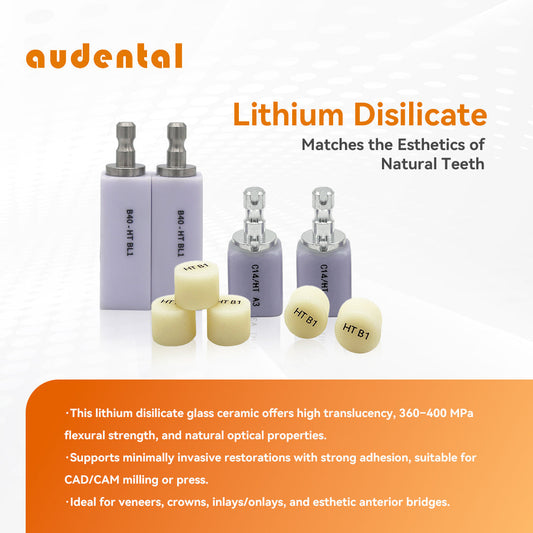Innovative Advantages of Cobalt SLM Powder in Dental Restoration
Share
With the rapid development of digital dental technology, 3D printing has become a cornerstone in the field of dental restoration. Among these advancements, cobalt SLM powder is redefining the standards for the design and production of dental prosthetics, thanks to its unique material properties and manufacturing advantages. This article will comprehensively analyze the core advantages of cobalt-chromium SLM powder in dental restoration from the perspectives of material characteristics, manufacturing processes, biocompatibility, and clinical applications.
Cobalt-chromium alloy, as a foundational material in dental restoration, primarily consists of cobalt (Co) and chromium (Cr), supplemented with elements such as molybdenum (Mo) and tungsten (W). Through scientific formulation, it achieves multiple performance optimizations:
1. Material Characteristics: Physical and Chemical Advantages of High-Performance Alloys
Cobalt-chromium alloy, as a foundational material in dental restoration, primarily consists of cobalt (Co) and chromium (Cr), supplemented with elements such as molybdenum (Mo) and tungsten (W). Through scientific formulation, it achieves multiple performance optimizations:
①High Strength and Wear Resistance
The tensile strength (Rm) of cobalt SLM powder reaches 8%, with a Vickers hardness of 365, far exceeding traditional casting alloys. This property enables it to withstand the complex occlusal forces and long-term chewing pressures within the oral cavity, making it particularly suitable for multi-unit bridges spanning up to 16 units.


②Excellent Corrosion Resistance
Chromium forms a stable oxide layer (Cr₂O₃) on the alloy surface, effectively resisting erosion from saliva, acidic foods, and bacterial metabolites. Clinical studies show that cobalt-chromium restorations maintain surface smoothness even after prolonged use, reducing the risk of plaque adhesion.
③Thermal Expansion Coefficient Compatibility
The thermal expansion coefficient (14.5x10⁶K⁻¹) of cobalt-chromium alloy is highly compatible with ceramic veneering materials, preventing veneer detachment or cracking due to temperature changes and ensuring the aesthetic and functional integrity of the restoration.
2. 3D Printing Technology: Revolutionary Breakthrough in Precision Manufacturing
Traditional casting techniques are limited by mold precision and human error, while SLM technology achieves high-precision, customized production of restorations through layer-by-layer laser melting of powder.
①Stress-Free Framework and High Adaptability
The SLM process builds restorations layer by layer through controlled laser energy input, avoiding residual stress issues common in traditional casting. Audental's Cobalt SLM Powder achieves a **"zero-stress framework"** during manufacturing, ensuring a perfect fit with the patient's oral anatomy and reducing the need for post-operative adjustments.


②Freeform Design of Complex Structures
3D printing technology supports complex designs such as porous structures and personalized occlusal surfaces, making it particularly suitable for partial denture frameworks or implant superstructures. Using digital design software (e.g., CAD/CAM), dentists can customize restorations based on patient CT data, significantly improving treatment efficiency.
③Material Utilization and Environmental Friendliness
The powder utilization rate of SLM technology exceeds 95%, far higher than the 60%-70% of traditional casting, reducing material waste and aligning with green manufacturing trends.
3. Biocompatibility: Dual Assurance of Safety and Comfort
The biocompatibility of dental materials is directly related to patient health, and cobalt-chromium SLM powder achieves a breakthrough in safety through composition optimization and process innovation:
①Nickel- and Beryllium-Free Formula
Traditional cobalt-chromium alloys may contain nickel (Ni) and beryllium (Be), which can cause allergic or cytotoxic reactions. Audental's Cobalt SLM Powder adopts a "double-zero formula", eliminating allergy risks at the source and making it particularly suitable for sensitive patients.
②Surface Smoothness and Soft Tissue Affinity
The surface of SLM-formed restorations can achieve mirror-like smoothness through subsequent polishing or sandblasting, reducing mechanical irritation to gingival tissues. Additionally, the dense structure effectively blocks bacterial infiltration, minimizing marginal microleakage and secondary caries risks.
4. Clinical Applications: Outstanding Performance from Theory to Practice


①Reliable Choice for Multi-Unit Restorations
For patients requiring restoration of multiple missing teeth, cobalt-chromium SLM powder can be used to create bridges spanning up to 16 units, with flexural strength (≥800 MPa) and fatigue resistance meeting long-term functional demands.
②Ideal Material for Implant Superstructures
In implant restorations, the rigidity of cobalt-chromium alloy effectively distributes occlusal forces, preventing peri-implant bone resorption. Customized abutments (e.g., two-piece abutments) made with SLM technology precisely match implant angles, enhancing aesthetic outcomes.
③Lightweight Innovation for Removable Denture Frameworks
Compared to traditional cast frameworks, 3D-printed cobalt-chromium frameworks are 20%-30% lighter, significantly improving patient comfort while maintaining sufficient mechanical strength.
5. Conclusion
Cobalt-chromium SLM powder, with its high strength, precision manufacturing, and excellent biocompatibility, has become the gold standard material in modern dental restoration. From single crowns to complex multi-unit restorations, and from fixed restorations to implant-supported solutions, its comprehensive performance delivers lasting functional and aesthetic benefits to patients. With ongoing technological advancements, this material will continue to lead dental restoration toward a future of higher precision and greater personalization.




